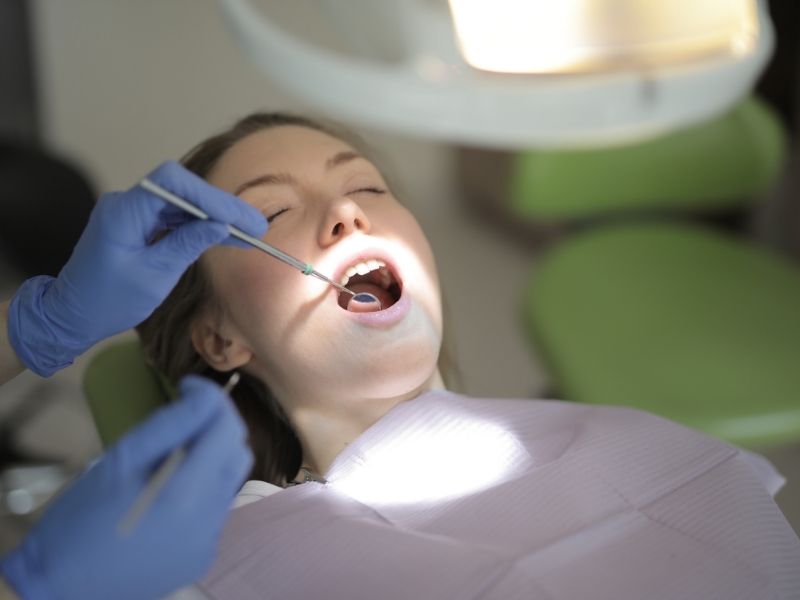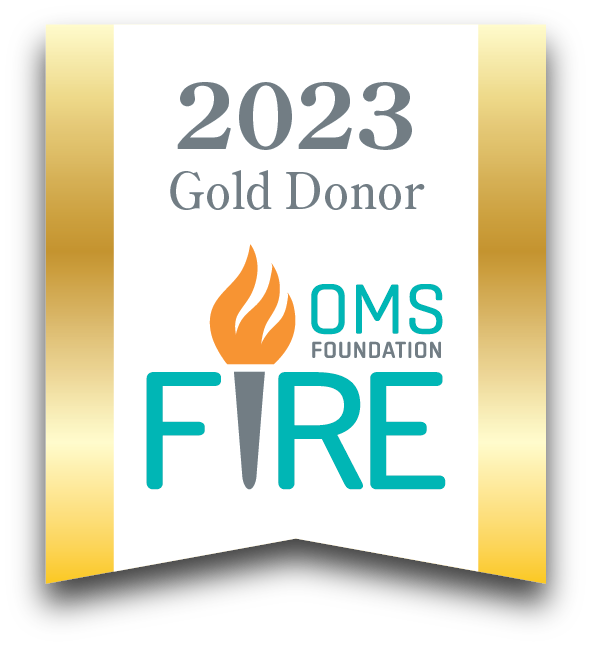When the Face Suffers Trauma: Why Expert Care Is Essential
Injuries to the face have a lot of weight, both physically and emotionally. The face is personal; it's how we see and interact with the world. When trauma damages this important part of the body, the effects are more than just what you can see in the mirror.
It's easy to think that injuries to the face only affect the skin. A swollen cheek and a cut above the brow should heal. But underneath the skin is a web of soft tissues, nerves, and bones. Even small amounts of damage can make it hard to breathe, speak, chew, or feel things. And when something as foundational as one’s bite or smile is altered, it leaves an impact that lingers long after the swelling fades.
What Happens When the Structure Beneath the Skin Is Disrupted
Facial trauma doesn’t always announce itself with drama. Sometimes it arrives quietly—a minor fall, a misplaced elbow during a pickup game, a sudden brake and a jolt in traffic. But regardless of how it begins, the injuries it leaves behind can be complex.
The architecture of the face is intricate. The jaw, cheekbones, eye sockets, and nasal bridge all interact, each playing its role in both function and form.
- A fracture in the zygomatic arch might distort the cheek’s contour and affect the position of the eye.
- A blow to the chin might shift the way the teeth come together—altering the bite without a single tooth being chipped.
That’s why early evaluation matters. Oral and maxillofacial surgeons are trained to recognize how these structures fit together and how trauma in one part may ripple through the rest. What looks like a superficial bruise may be hiding a misaligned fracture. In other cases, pain that seems localized may actually signal deeper instability or nerve disruption.
Not Every Injury Requires Surgery—but Some Absolutely Do
Treatment is rarely one-size-fits-all. You don't always need surgery to treat facial injuries, especially if the bones stay stable and the alignment stays the same. In these situations, close monitoring, rest, and a soft diet may help the healing process continue without any help.
But when fractures move out of place, when function is affected, or when appearance changes a lot, surgery is not just an option; it is the best way to treat the problem.
- Surgeons use advanced imaging and 3D modeling for precise planning before surgery.
- Bones are repositioned and secured with titanium plates that integrate safely with the body.
- Bone grafting may be performed to restore missing segments or aid reconstruction.
- Nerve repair and soft tissue closure are done with great care to reduce scarring and restore natural contours.
Surgical Precision, Reimagined for the Modern Era
What distinguishes today’s facial trauma care from that of even a decade ago is not just better tools—but a better philosophy. Surgeons now approach the face not only as a structure to repair, but as an expression to restore. Every incision is planned not just for access, but for concealment. Every plate or screw is chosen for its compatibility, strength, and long-term performance.
Even small adjustments—like contouring a graft to match the curve of the orbital floor or aligning muscle planes beneath the skin—can have a profound effect on the final result. It’s not about fixing what’s broken; it’s about returning the face to its natural balance.
The Outcome Isn’t Just Medical—It’s Personal
When treatment is timely and well-executed, most patients return to full function with minimal lasting evidence of their injury. With expert care, you can chew, talk, smile, or even just look in the mirror without any pain.
But the stakes are high. If you don't get the right evaluation and follow-up, facial trauma can cause problems like numbness that won't go away, bite misalignment, asymmetry, or chronic pain.
- Choose a specialist experienced in both surgical and cosmetic techniques.
- Prioritize follow-up appointments to ensure proper healing.
- Focus on restoring both function and self-confidence.
It's not just about fixing a broken bone or closing a wound. It's about rebuilding trust, keeping your sense of self, and helping everyone heal.
Healing Takes Time—and Attention
Recovery after facial trauma is a process that unfolds in phases. In the first few weeks, the focus is on stability—protecting the repair, managing discomfort, and preventing infection. A soft diet is usually recommended, and activity may be limited while the body rebuilds.
As healing continues, other aspects come into focus. Range of motion, jaw function, and nerve recovery are all assessed. If teeth were displaced or lost, dental restoration can be considered. Scar care may begin, using techniques to reduce visibility and improve tissue texture.
Throughout this time, follow-up is key. Even the most skillful repair needs thoughtful monitoring to ensure the best possible outcome. Adjustments can be made, concerns addressed, and long-term planning initiated when needed.
A Final Thought
Facial trauma is rarely expected. It disrupts, disorients, and demands attention. But with the right care—specialized, skilled, and centered on both structure and self—healing is not just possible; it’s transformative.
For those facing the aftermath of facial injury, the most important step is seeking care from those who understand the full complexity of the human face—and the person behind it.
To schedule a consultation for facial trauma evaluation, call 515-416-6415.












